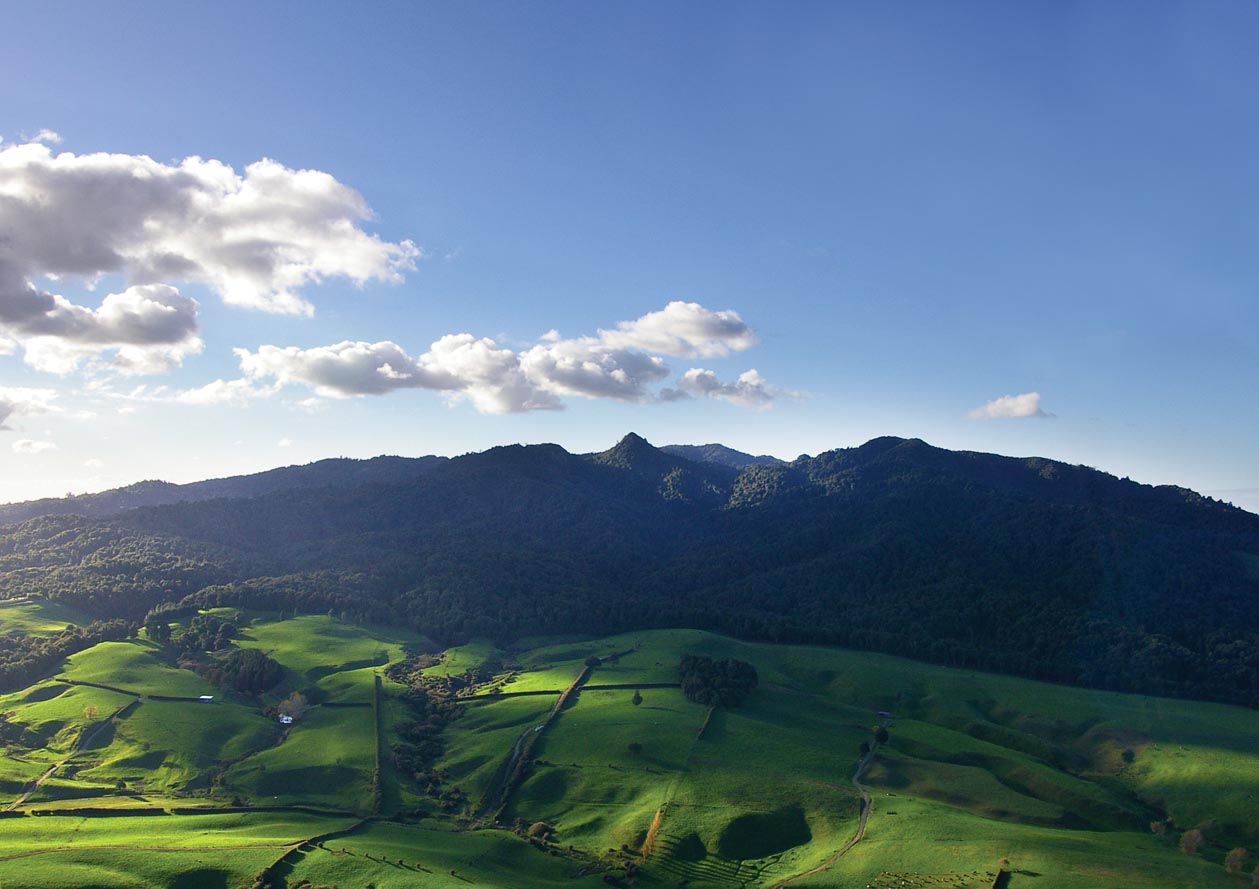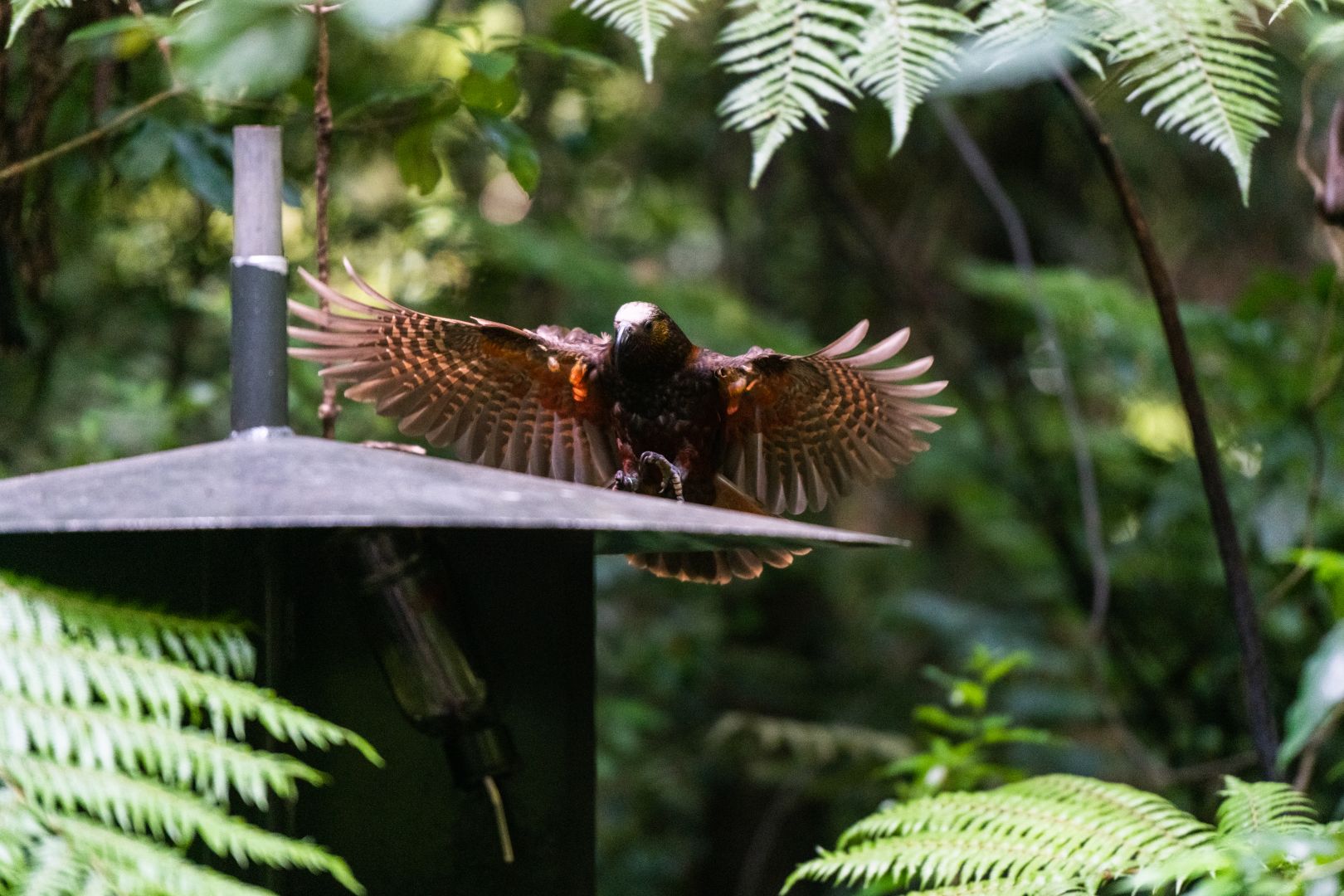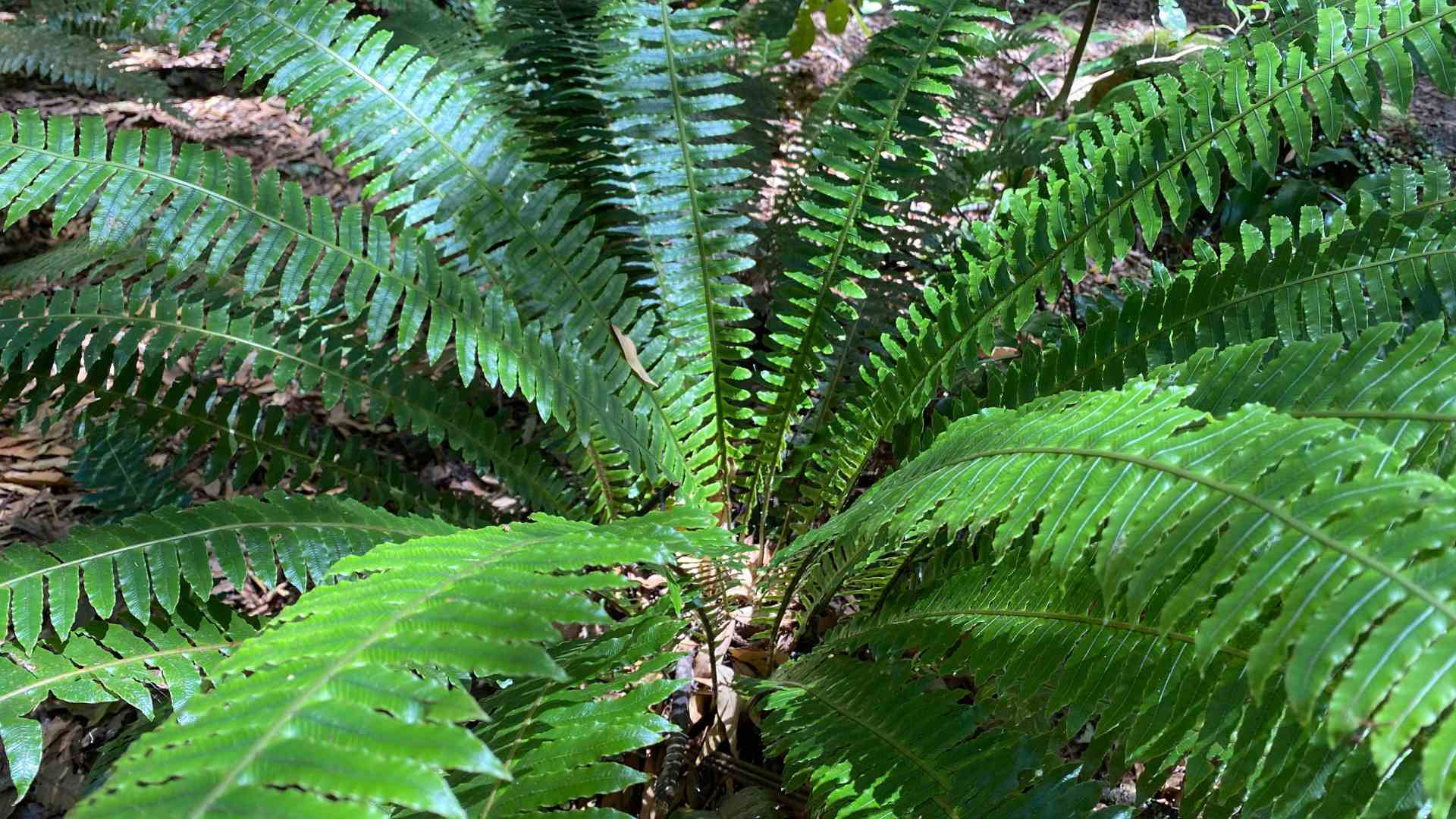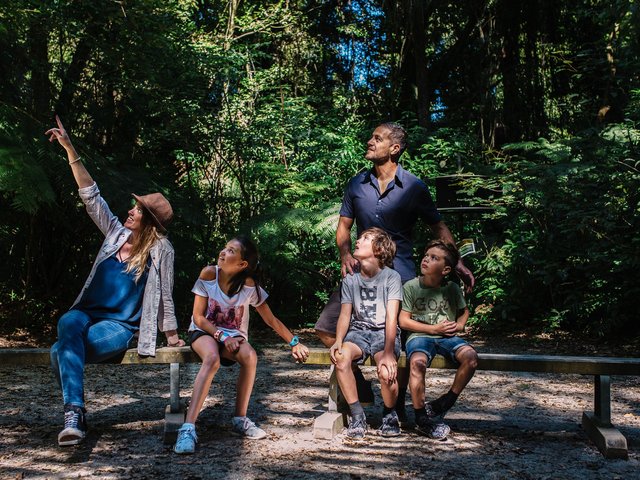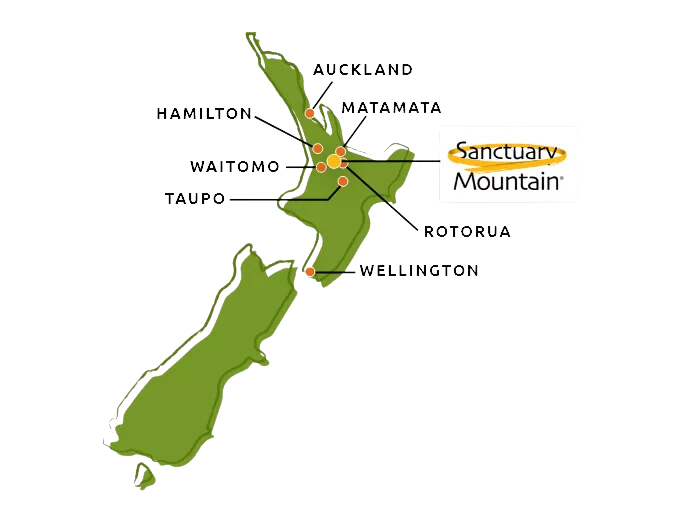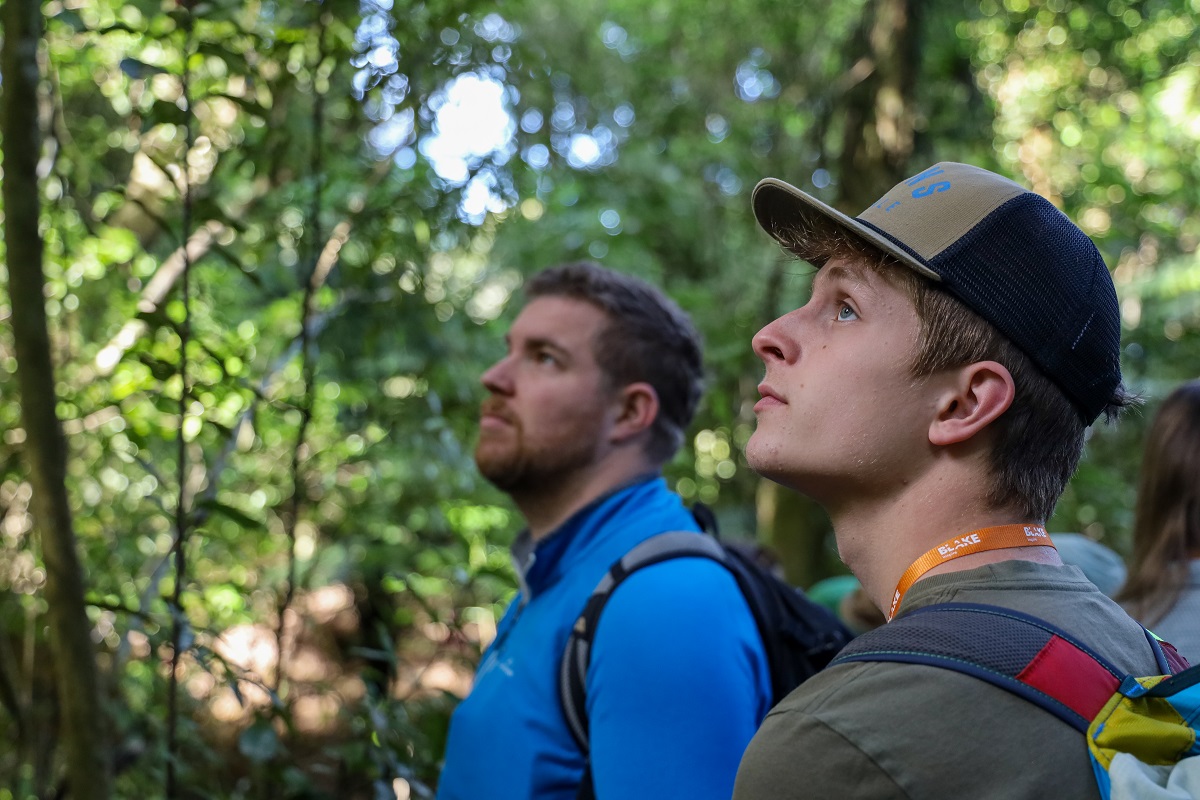Our Vision - Share the Mauri and Mana of the Maunga
Our Purpose - Inspired Kaitiaki
Sanctuary Mountain® Maungatautari began with a dream to protect the plant and animal species living on Maungatautari. This ancient eco-system has been recognised as a reserve since 1912 and 90 years later the community came together to restore and protect this precious environment installing one of the largest pest-proof fences in the world.
It's a compelling story, have a read through our history, our flora and our wildlife that has only been made possible through the vision and aspriaton of a community.

